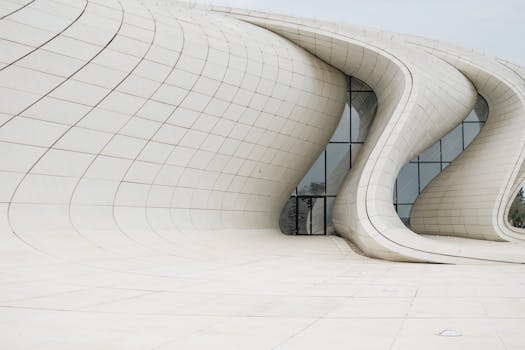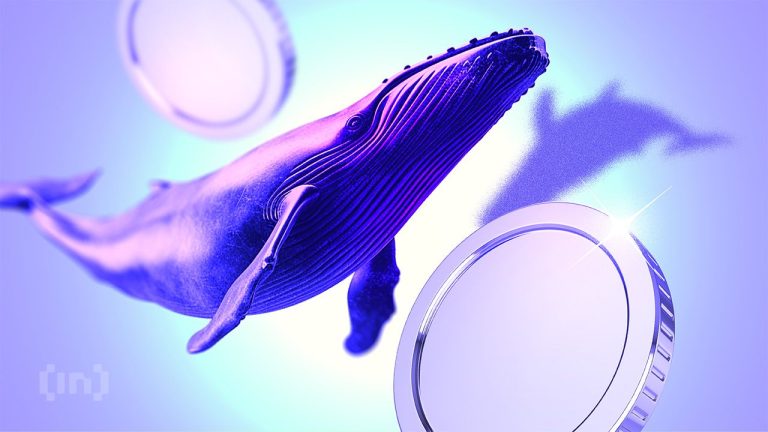
Dubai, the city of superlatives, is not only known for its luxurious lifestyle and vibrant culture but also for its remarkable modern architecture that graces the skyline. From awe-inspiring skyscrapers to innovative sustainable designs, Dubai’s architectural landscape is a testament to the city’s ambition and vision for the future.
One of the most iconic landmarks in Dubai is the Burj Khalifa, the tallest building in the world. Standing at a staggering height of 828 meters, the Burj Khalifa is a marvel of modern engineering and design. Visitors can enjoy panoramic views of the city from the observation decks located on the upper floors, offering a unique perspective of Dubai’s urban sprawl.
Another architectural gem in Dubai is the Burj Al Arab, often referred to as the world’s only 7-star hotel. Shaped like a billowing sail, this luxury hotel is a symbol of Dubai’s extravagance and opulence. Its striking design and lavish interiors have made it a popular destination for celebrities and VIPs from around the globe.
Aside from its iconic skyscrapers, Dubai is also at the forefront of sustainable design and green architecture. The city is home to several eco-friendly buildings that incorporate innovative technologies to reduce energy consumption and carbon emissions. The Sustainable City, for example, is a pioneering eco-development that aims to create a fully sustainable community powered by renewable energy sources.
Urban planning plays a crucial role in shaping Dubai’s architectural landscape, with a focus on creating smart, connected spaces that enhance the quality of life for residents and visitors alike. The Dubai Design District (d3) is a prime example of a carefully planned urban hub that fosters creativity and innovation in the fields of art, design, and fashion.





